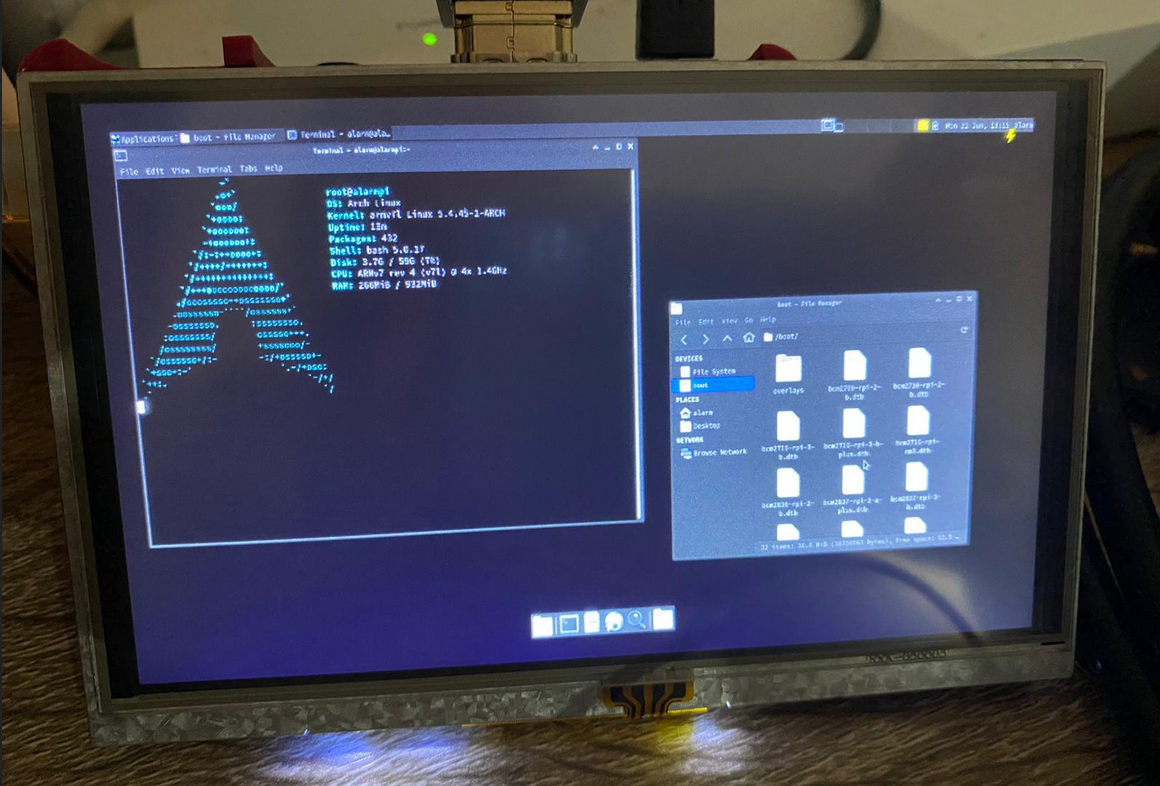

The Raspberry Pi Foundation sold a lot of these devices to schools, but the RPi really took off as developers and home hobbyists discovered them, thinking “Wow a $35 Linux computer, I wonder if I could do that home IoT project I have been planning?” Plus, in many companies, the RPi became a great way to create “real” demos and PoCs cheaply.įast forward 7 years and we knew that we wanted to port EVE to the RPi, because it was such a large part of the IoT world, especially demos explaining IoT concepts. Thus for $35 you had a great, cheap computer that ran Linux. It had USB ports to attach a keyboard and mouse, HDMI to hook up to your TV, GPIO (General Purpose Input/Output) pins for IoT, and a networking cable for internet access. The Raspberry Pi was first released in 2012 with the goal of having a cheap and easy way to teach high school students how to code. And we are excited to announce that we have completed the first part of the work needed to run Windows on a Raspberry Pi 4! We have posted the tutorial on our community wiki and it takes less than an hour to get it up and running. They wanted to just get started with something they already had on their desk.

Both were looking for an easy way to evaluate EVE by creating simple PoC projects, without having to buy a commercial grade IoT gateway or another device. Written by Aaron Williams, LF Edge Developer AdvocateĮver since Project EVE came under the Linux Foundation’s LF Edge umbrella, we have been asked about porting (and we wanted to port) EVE to the Raspberry Pi, so that developers and hobbyists could test out EVE’s virtualization of hardware.


 0 kommentar(er)
0 kommentar(er)
